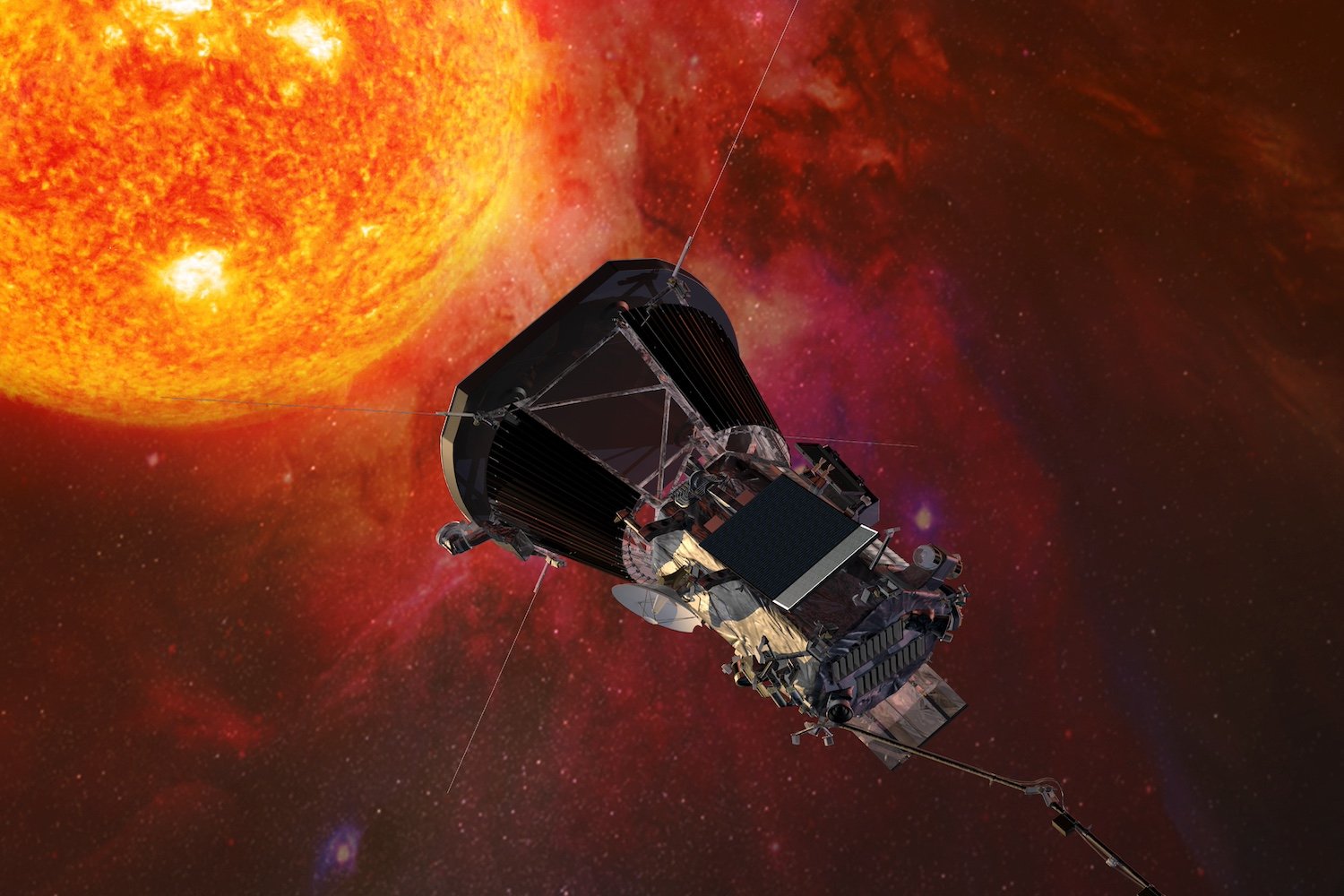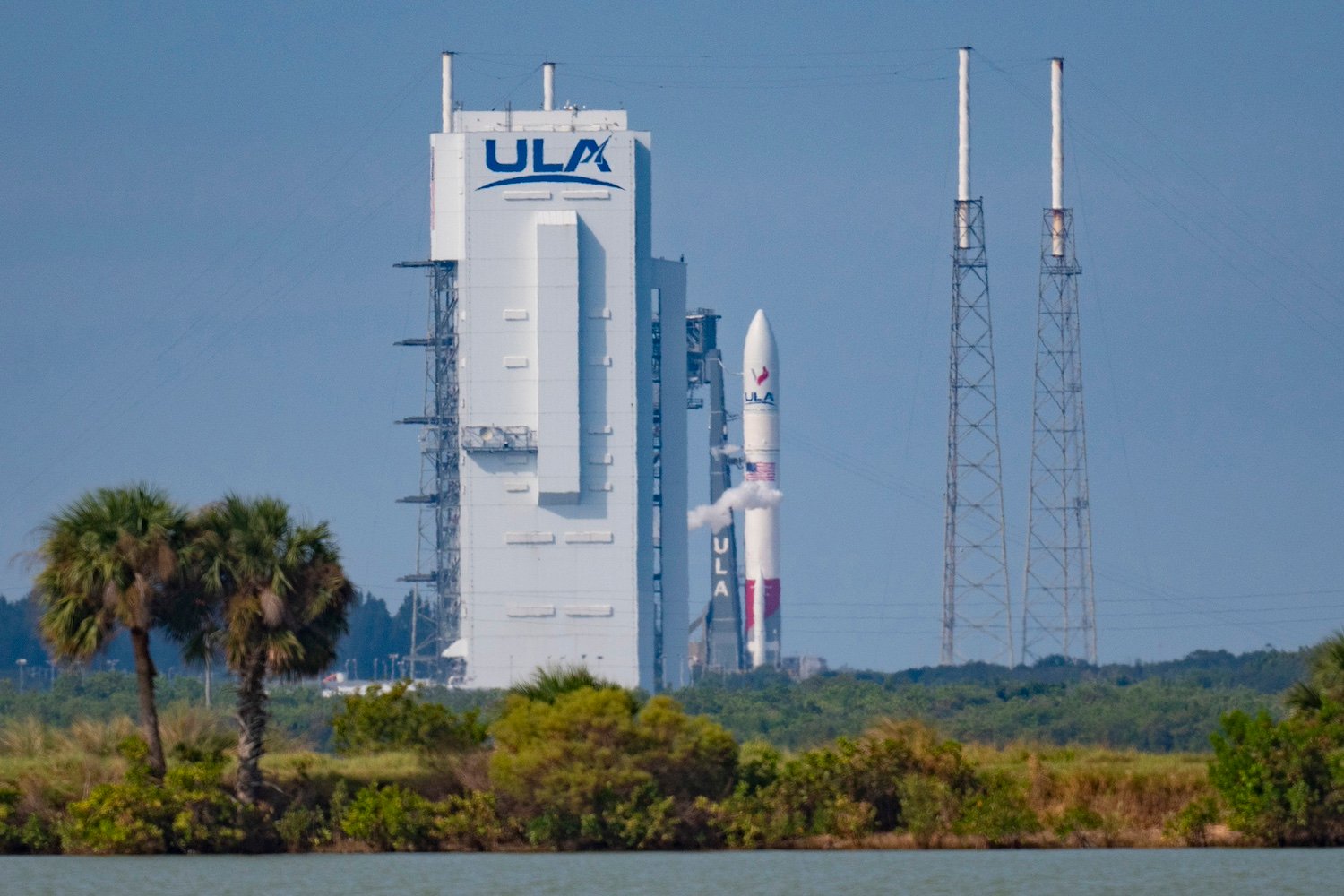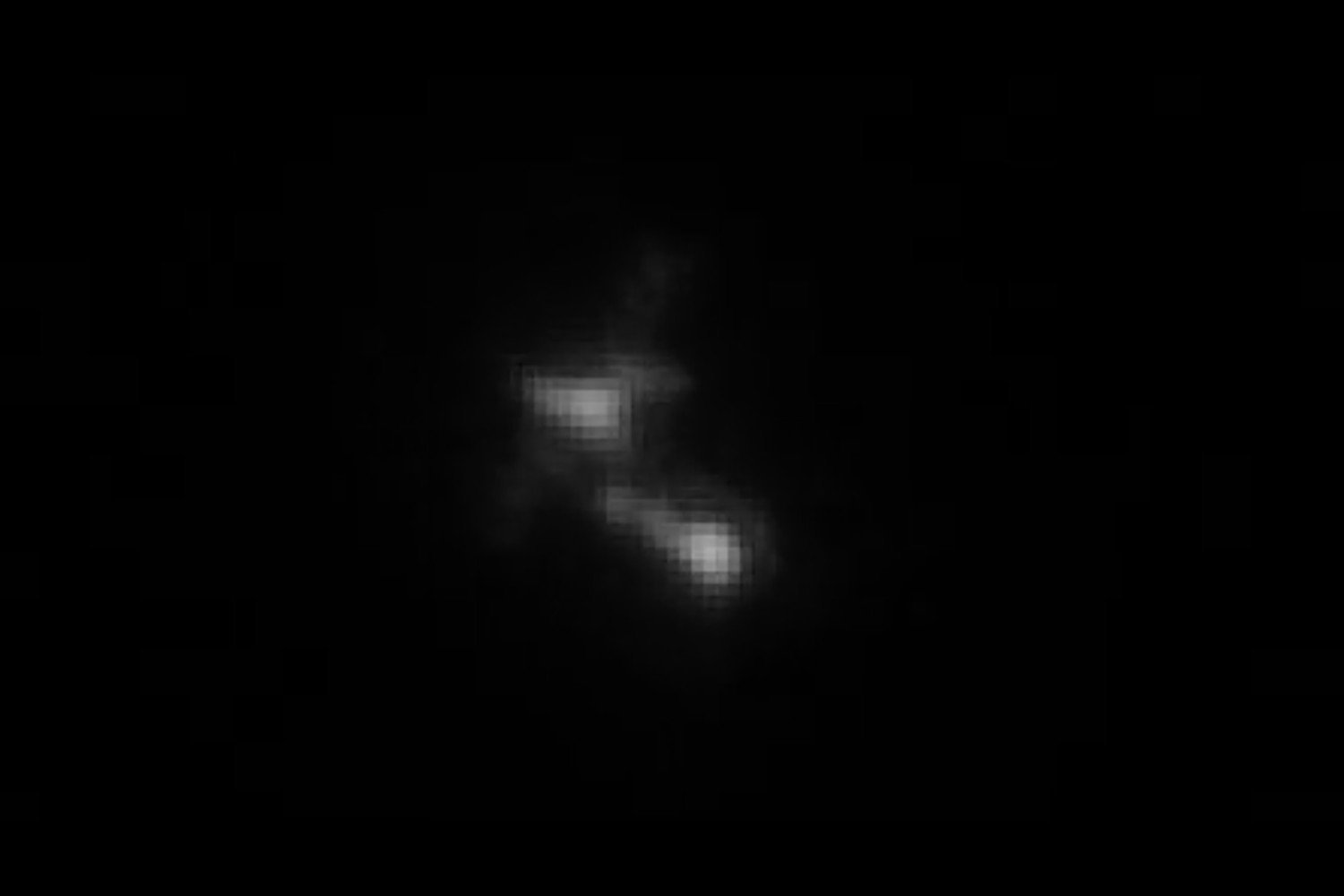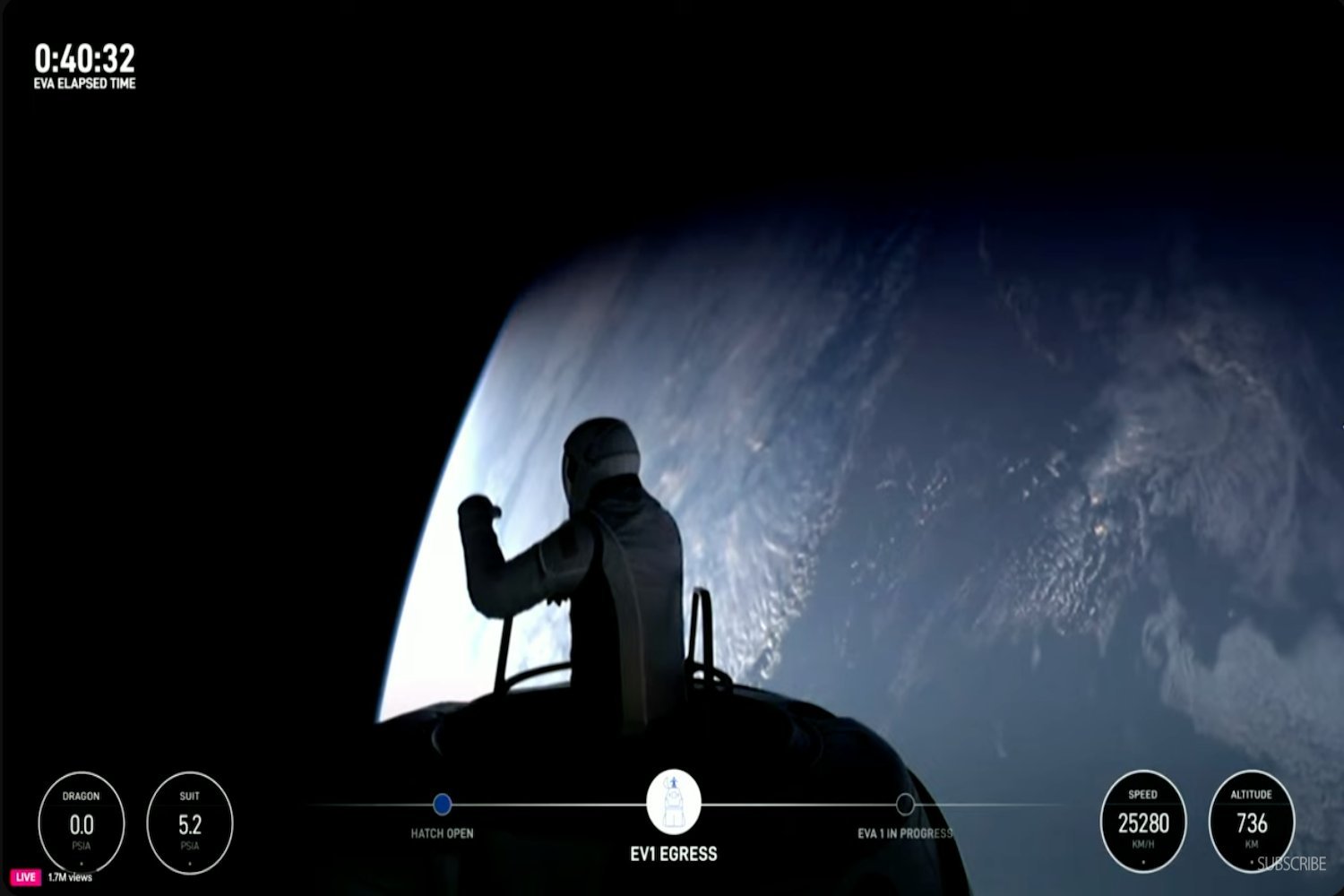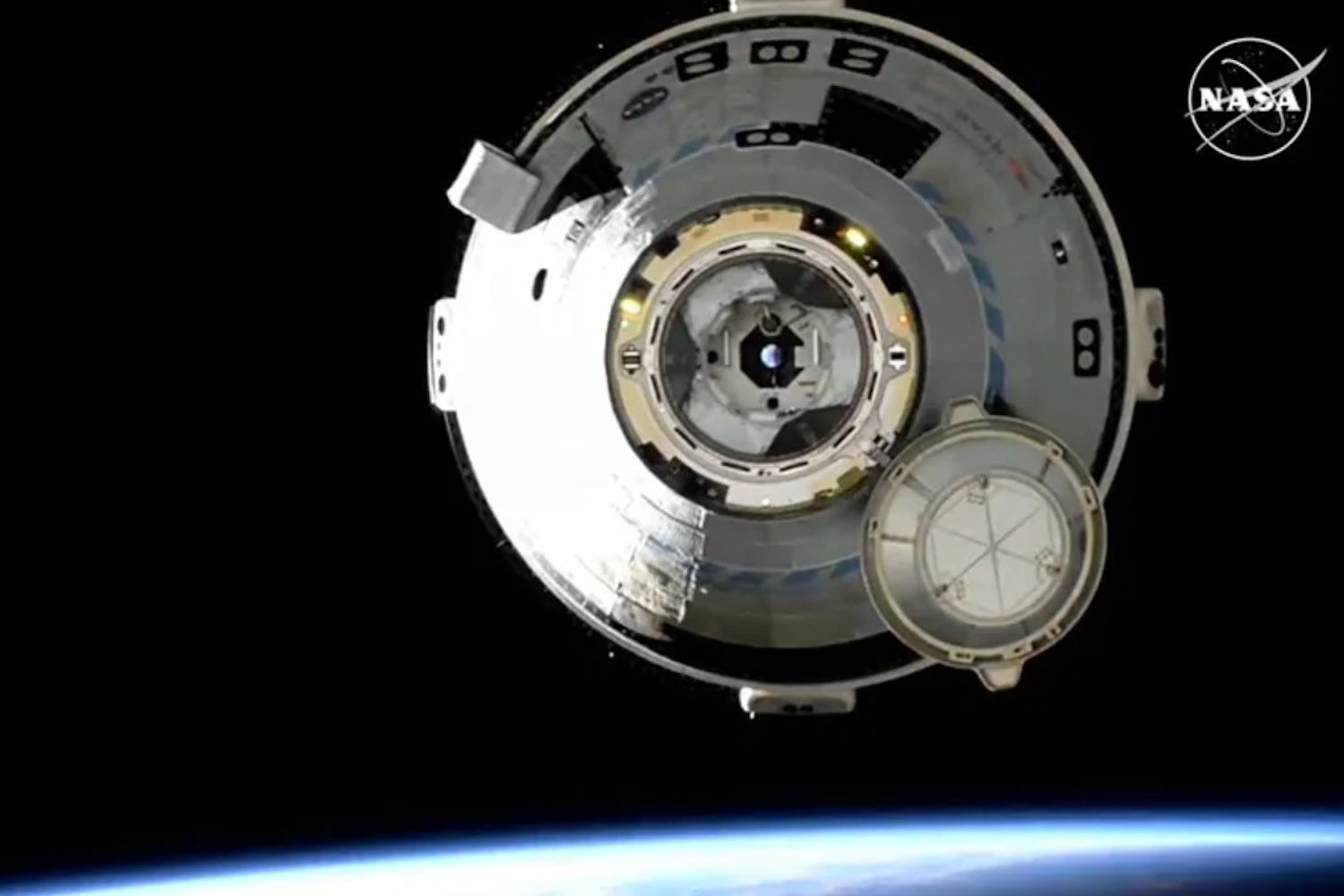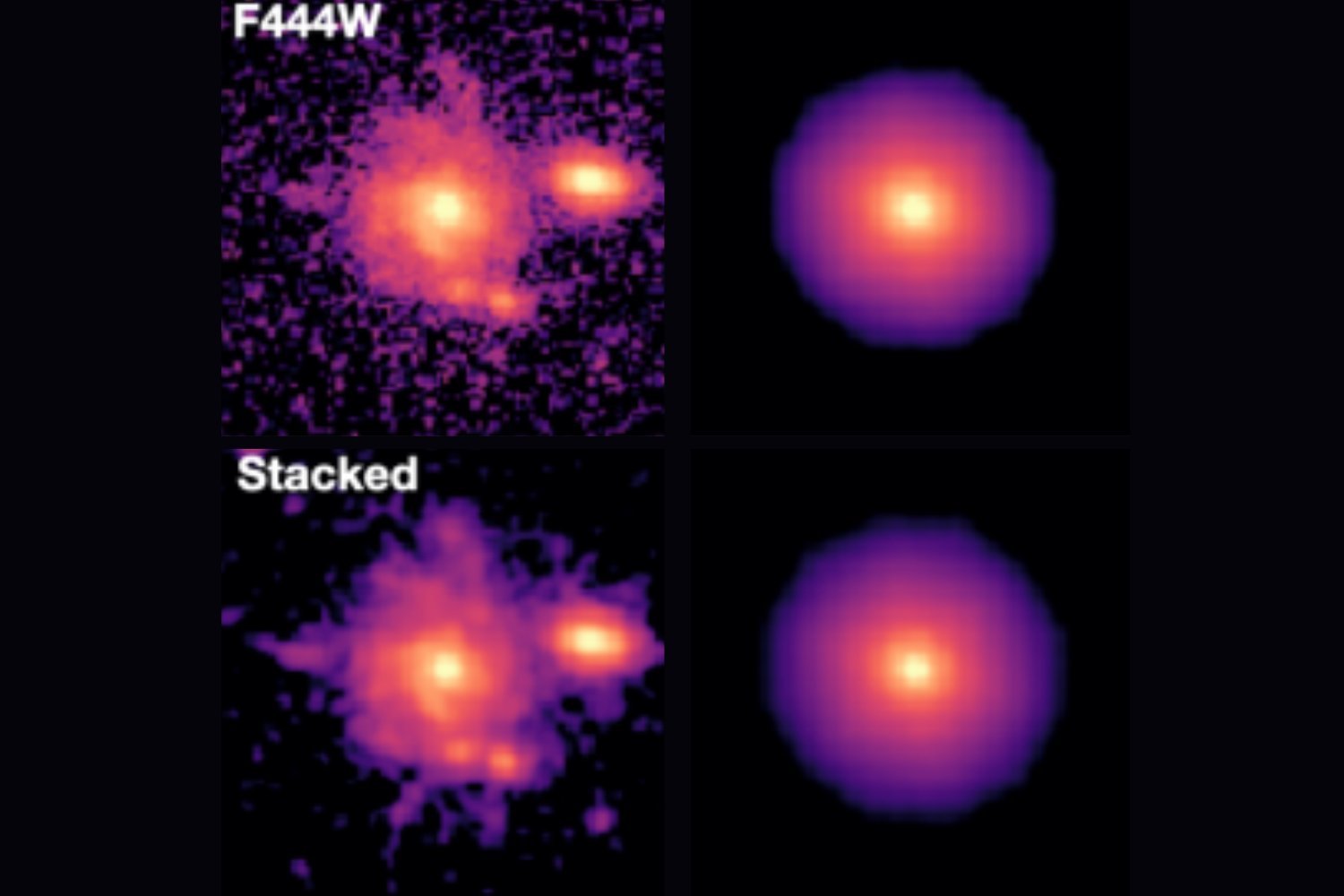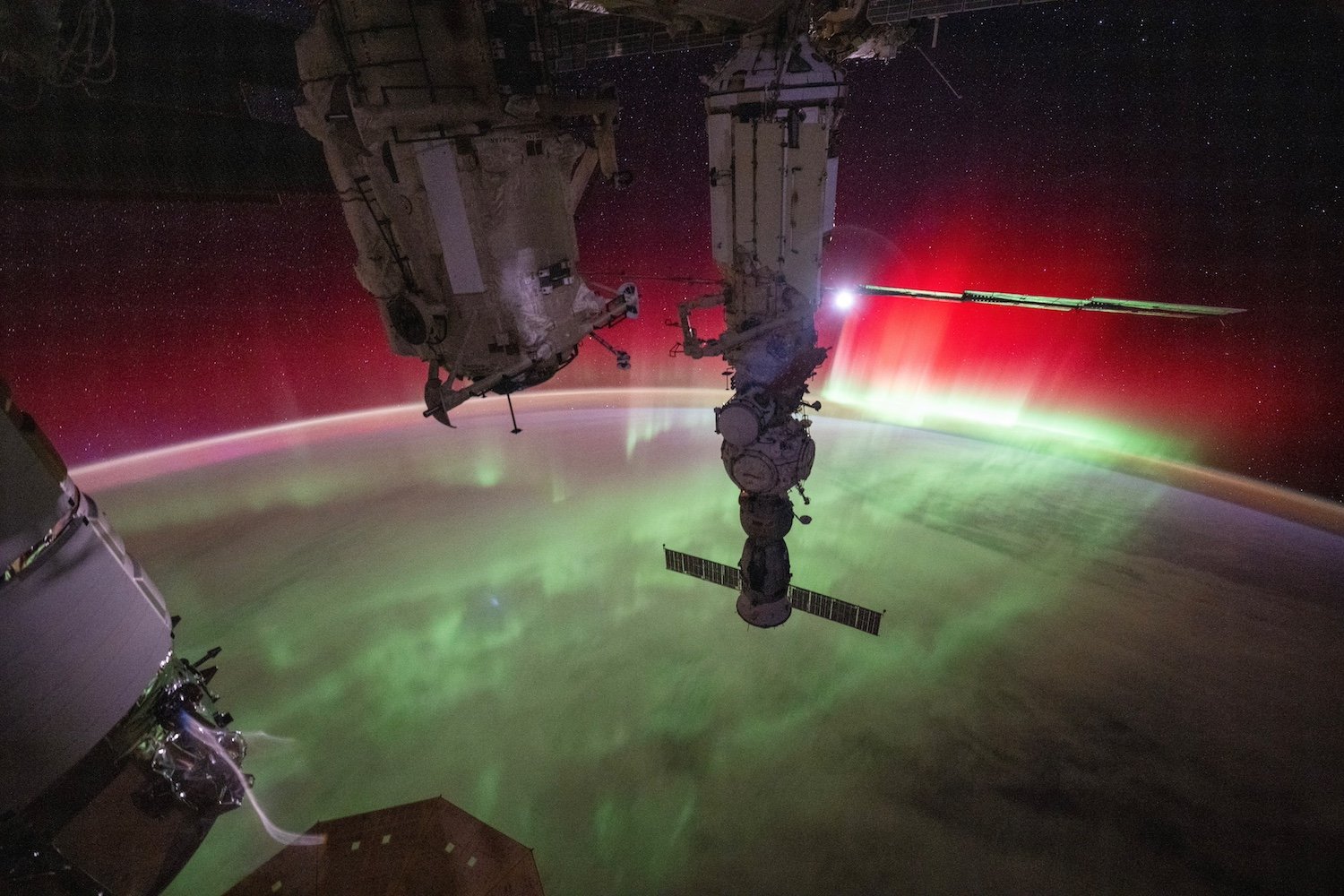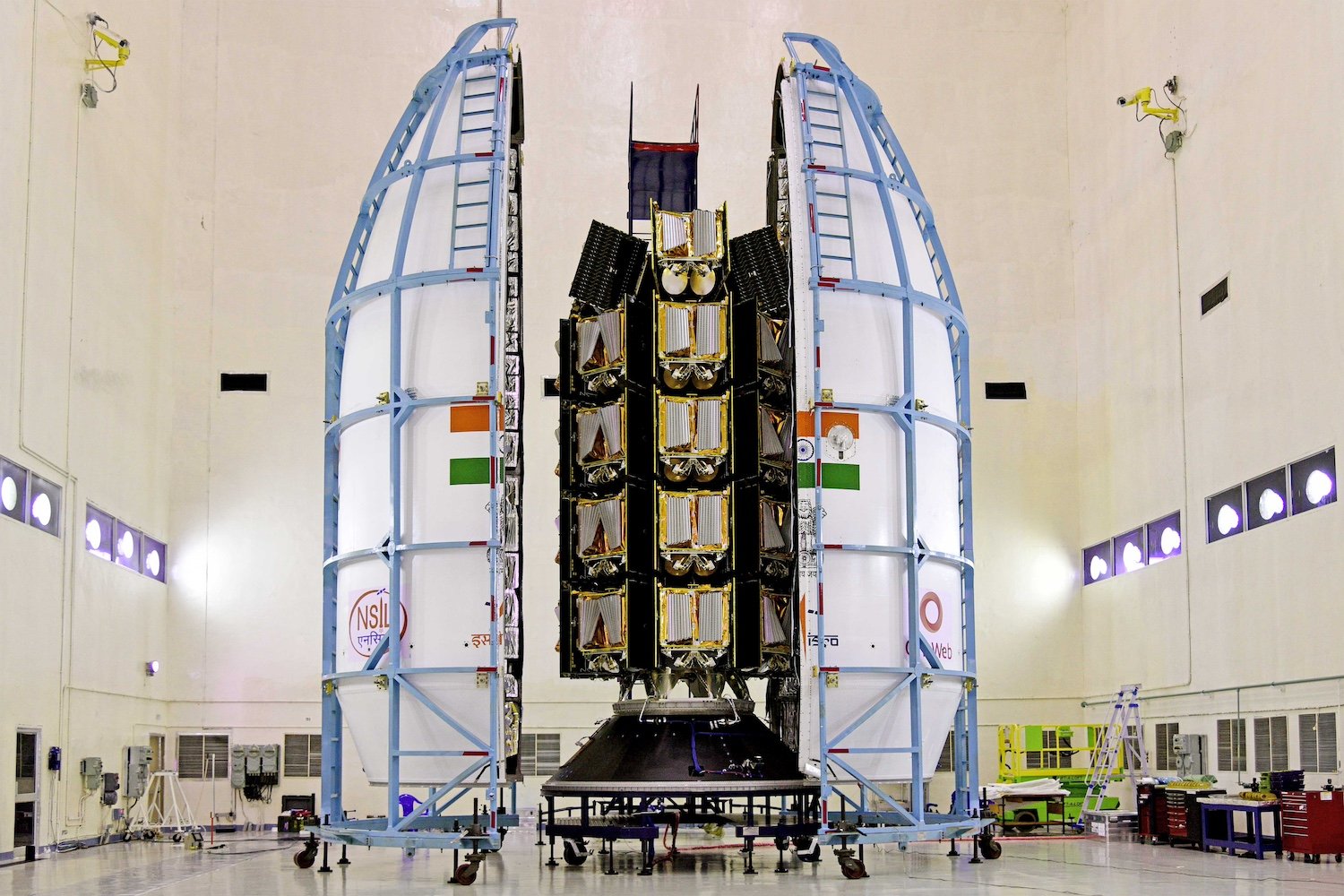NASA’s Parker Solar Probe has emerged unscathed from its closest-ever approach to the Sun, signaling its survival with a beacon tone transmitted back to Earth late Thursday. This confirms the spacecraft’s health and normal operation after a period of expected communication blackout during the daring maneuver.
This remarkable feat saw the Parker Solar Probe come within a mere 3.8 million miles (6.1 million kilometers) of the Sun’s surface on Tuesday, shattering its own previous record for proximity to our star. To put this in perspective, Earth orbits at a distance of 93 million miles (149 million kilometers), nearly 25 times farther than the probe’s daring Christmas Eve flyby.
Traveling at an unprecedented 430,000 miles per hour (692,000 kilometers per hour), the probe also set a new record for speed, becoming the fastest human-made object ever. During this close solar encounter, the spacecraft endured temperatures of approximately 1,800 degrees Fahrenheit (982.2 degrees Celsius), protected by its crucial heat shield.
Detailed telemetry data regarding the probe’s status is expected on January 1, 2025. This close-up study of the Sun allows scientists to gain valuable insights into the heating of material in this region to millions of degrees, trace the origin of the solar wind, and understand how energetic particles are accelerated to near light speed. Previous close passes have already helped identify the origins of structures within the solar wind and map the outer boundary of the Sun’s atmosphere.
Launched in August 2018 with the ambitious goal of “touching the Sun,” the Parker Solar Probe has already completed 21 close solar approaches, previously coming as close as 4.51 million miles (7.26 million km) to the solar surface. Each approach progressively brings the probe closer to its ultimate objective. A crucial seventh and final flyby of Venus in November paved the way for this latest, record-breaking encounter.
This week’s flyby is the first of three planned approaches at this unprecedented distance. Each encounter provides crucial data about our star, aiming to unravel the complex physics governing solar activity and how phenomena like solar flares and the solar wind influence the solar system. This knowledge is vital for understanding space weather and its impact on Earth.
The successful completion of this close approach marks a significant milestone in the Parker Solar Probe mission, providing invaluable data for further solar research. The mission continues to push the boundaries of space exploration, revealing the secrets of our dynamic and powerful Sun.



